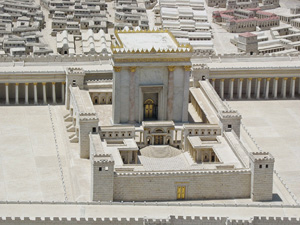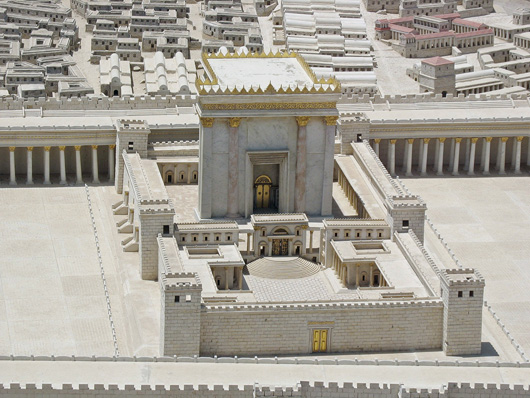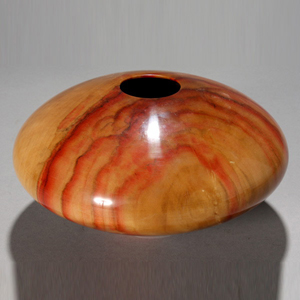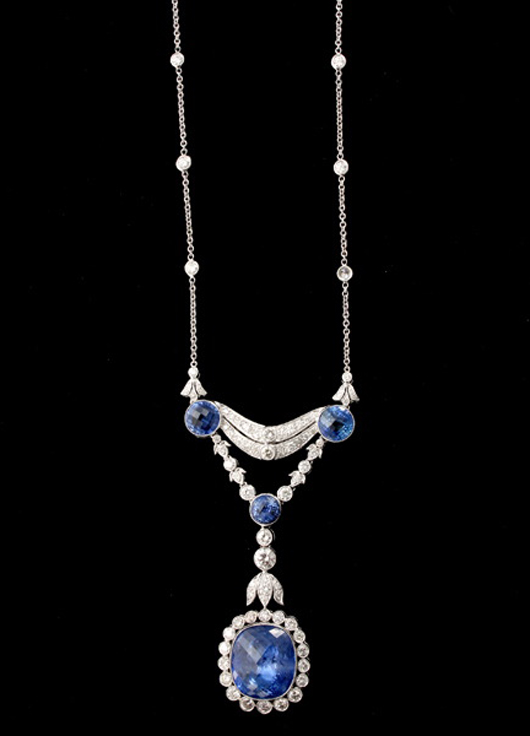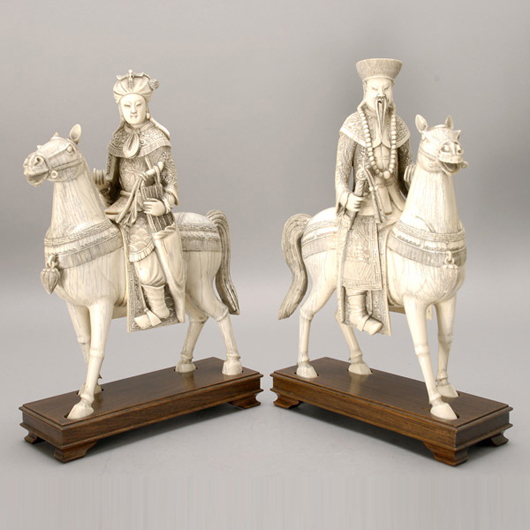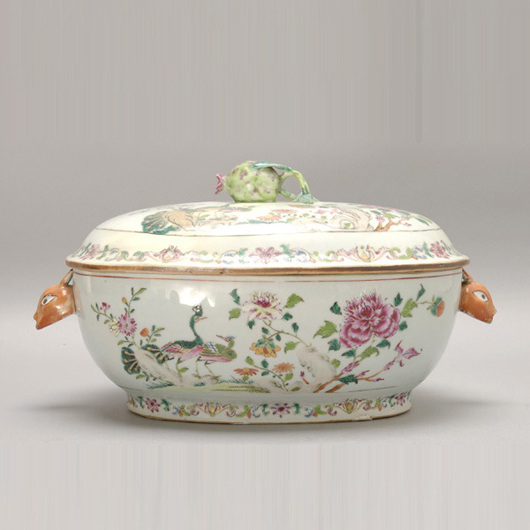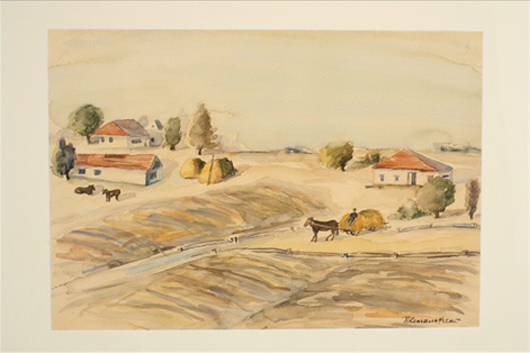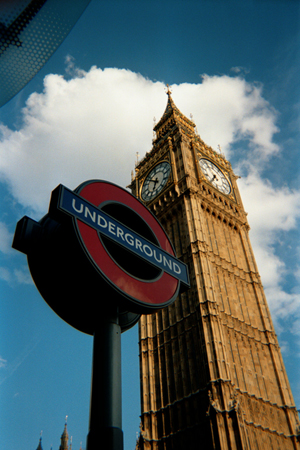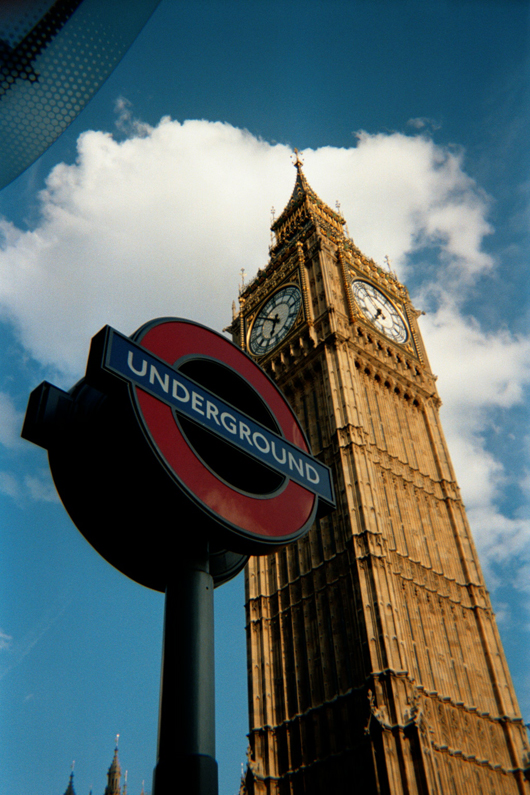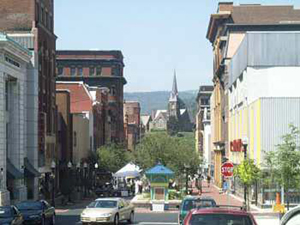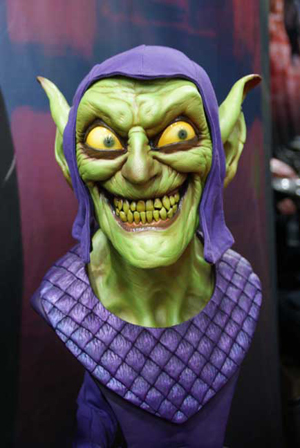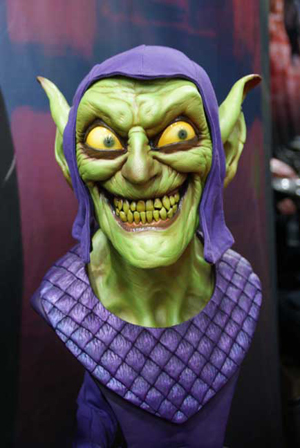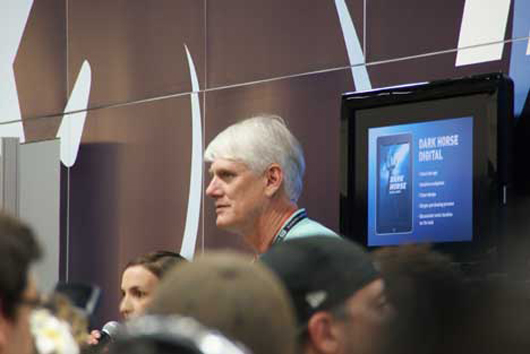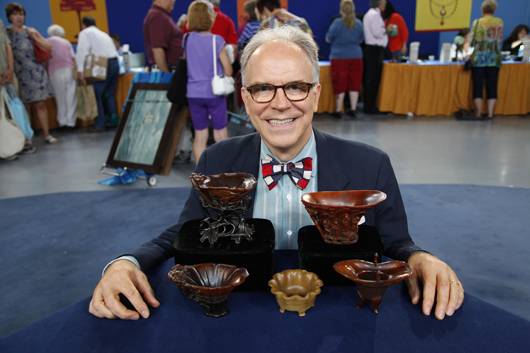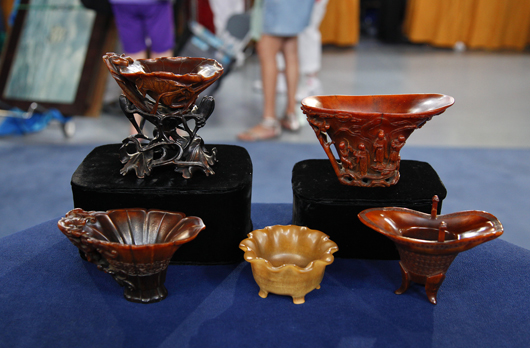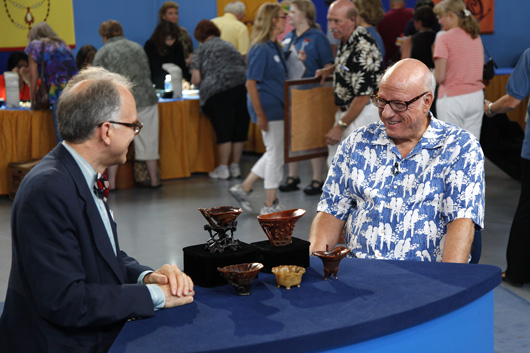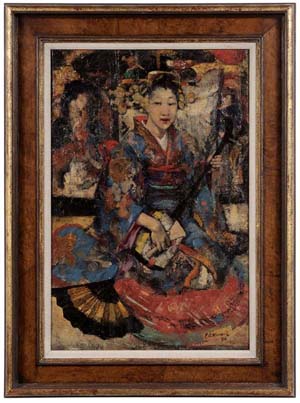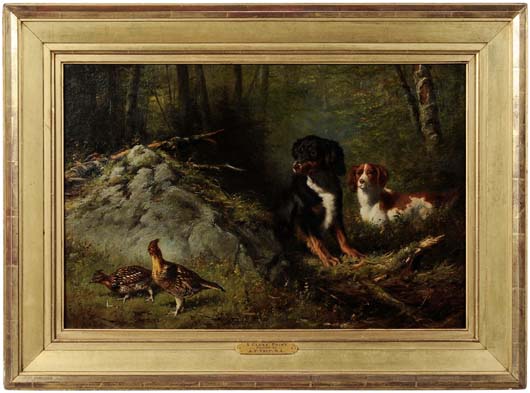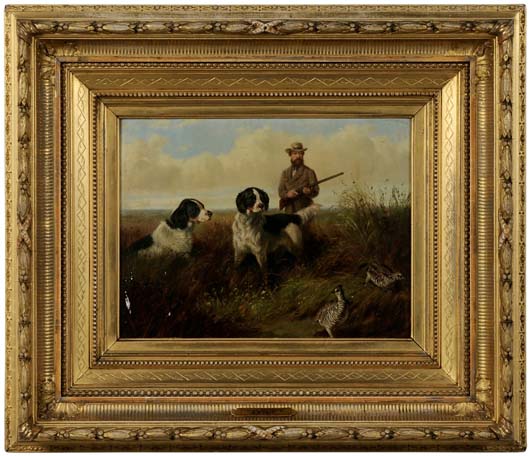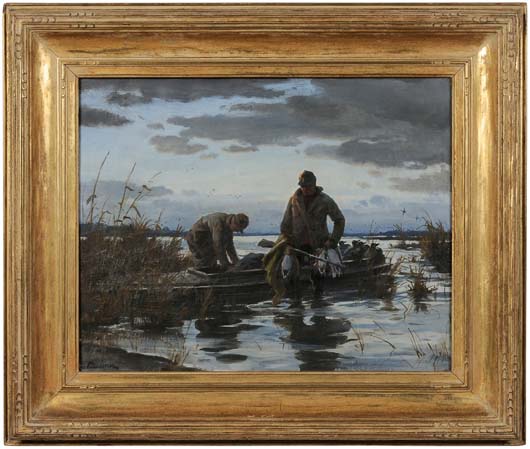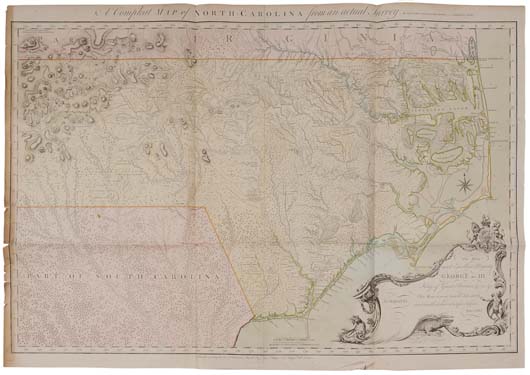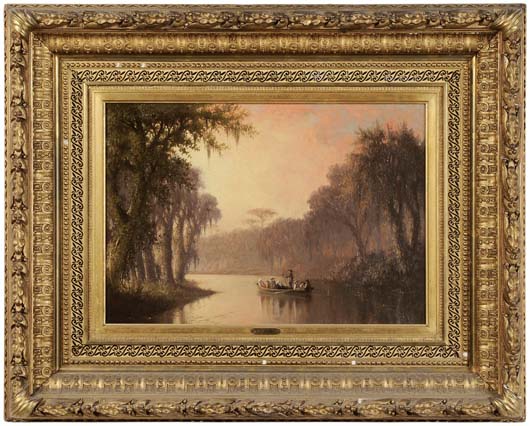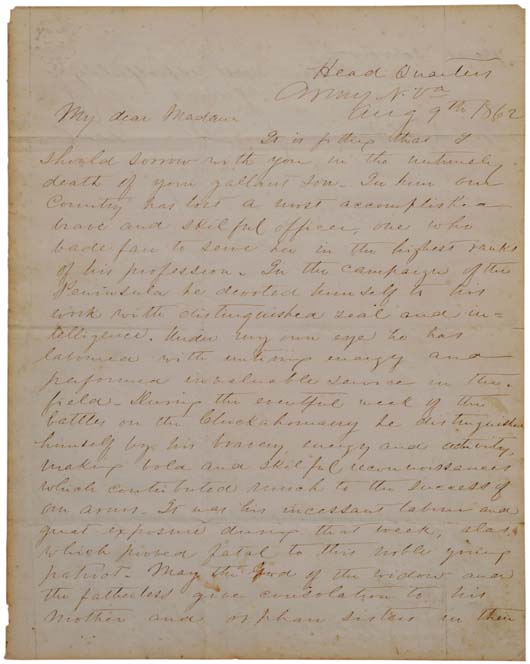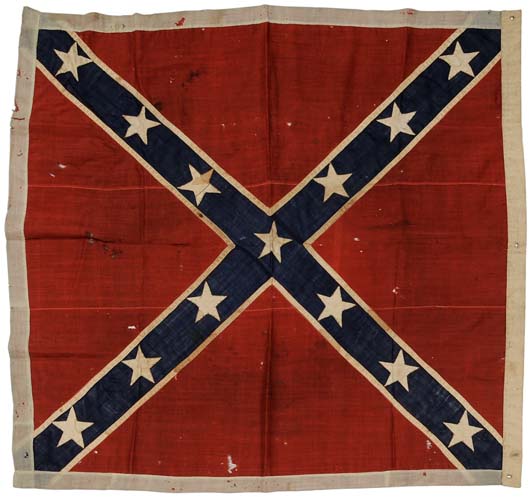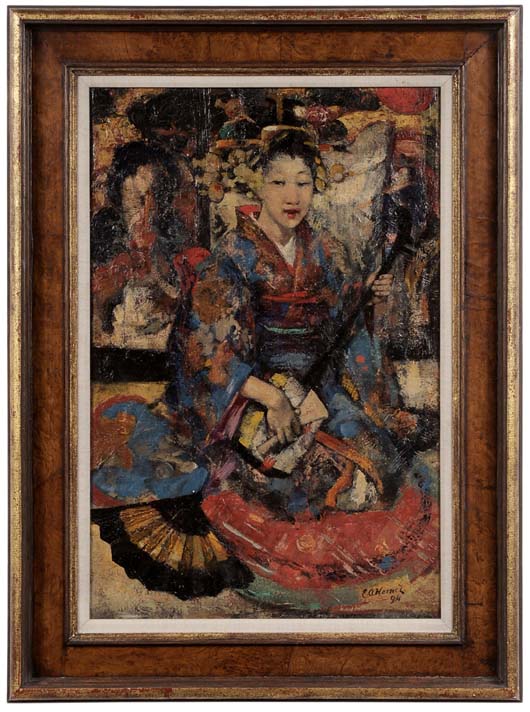
BALTIMORE (AP) – The FBI is unraveling a yearlong plot by two New York City men to sell valuable historical documents they stole from archives around the country, a Baltimore prosecutor said Tuesday at bail hearings related to the alleged theft of $6 million in documents.
Bail was set at $500,000 for presidential historian Barry Landau, 63, and $750,000 for his 24-year-old assistant Jason Savedoff. Both had been held without bail since their arrest on charges of theft over $100,000 earlier this month. Their attorneys dispute the charges.
The men were arrested July 9 after a Maryland Historical Society employee saw Savedoff take a document out of the library, prosecutor Tracy Varda said. When officers arrived at the historical society, Savedoff was in the men’s restroom and shreds of paper were seen in the toilet after he left, leading investigators to believe he may have flushed documents, she said.
Investigators found 60 historical documents, many of them signed out by Landau, inside a locker Savedoff was using at the library, Varda said. They include papers signed by President Abraham Lincoln worth $300,000 and presidential inaugural ball invitations and programs worth $500,000.
“He shows zero respect for the history of this country. The documents he has stolen represent the heritage and history of this country,” Varda told the judge, adding that when considering whether Landau was a flight risk, this behavior may translate to a lack of respect for the court system, too.
Landau’s attorney, Andrew C. White, a former federal prosecutor, argued that the case before the judge was a non-violent, attempted theft case with no loss and he suspects the actual value of the documents will turn out to be significantly lower. Landau, who appeared in a disheveled blue and white striped button-down shirt and khakis, is very well known in his field and is not likely to be able to walk into a library at this point, he said.
The FBI is involved in the investigation under a federal statute that covers museum thefts, but no federal charges have been filed. So far, the FBI has found that the men have been taking documents from archives including the National Archives, Vassar College, presidential libraries and historical societies in New York and Connecticut over the last year, Varda said. When the FBI examined the documents, investigators found a list of historical names — including Presidents Harry S. Truman, Ulysses S. Grant and Andrew Jackson and President of the Confederacy Jefferson Davis — with values next to them, believed to be the value of documents the men were looking for, she said.
Documents found at Landau’s mid-town Manhattan apartment were taken to the National Archives to be cataloged. Investigators believe one of those recovered documents, an April 1780 letter from Benjamin Franklin to John Paul Jones about acquiring military supplies and worth about $100,000, was taken from the New York Historical Society in March, Varda said. Investigators also believe that Landau and Savedoff took a set of inaugural addresses signed by President Franklin D. Roosevelt from the Roosevelt presidential library in December and later sold them to a New York dealer for $35,000, she told the judge.
FBI investigators also found typewritten library catalog cards they believe the men took so libraries would not know the documents were stolen, she said.
The Historical Society of Pennsylvania told The Associated Press that it received information last week that Landau may have tried to sell a letter signed by George Washington that went missing from the society’s collection. Records show that in the weeks before it was offered for sale, Savedoff checked out a box that contained the letter during one of the duo’s 17 visits to the archive in Philadelphia. But after the dealer contacted the society to see if it was missing from their collection, the society said the letter was mailed back anonymously.
The FBI doesn’t know who Savedoff is and is unsure of his citizenship, a pretrial services representative told the judge, noting that Savedoff had used multiple aliases. Savedoff, who appeared in a bright yellow jumpsuit, has dual American and Canadian citizenship, his attorney, Larry Nathans said, adding that he has a sociology degree from the University of Canada and is an accomplished violinist, he said.
Savedoff’s mother flew in from Canada and planned to get an apartment in the area if Savedoff was granted bail, Nathans said. Noting that Savedoff was hunched over with his head down, Judge Stuart Berger asked if he was having medical problems. Nathans said Savedoff suffers from Crohn’s disease, which has been causing him significant stomach problems that he has not been able to regulate by adjusting his diet in jail.
# # #
Copyright 2011 Associated Press. All rights reserved. This material may not be published, broadcast, rewritten, or redistributed.
ADDITIONAL IMAGE OF NOTE



